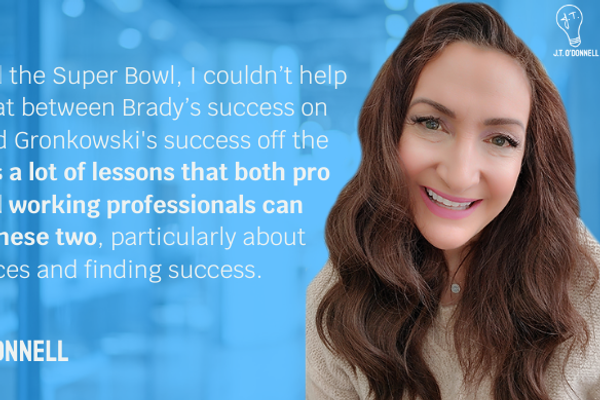
Thirty-plus years ago, I was an officer cadet in the Royal Navy. On one occasion, we were lined up on the parade ground and took turns in telling each other off under the supervision of a Royal Marine Drill Instructor.
Confrontation is part of leadership. Most of us are brought up at home to be “nice” and “polite.” We have a problem, as leaders, confronting our staff over poor performance. Nobody wants to be the “bad guy,” so s/he does not know how to handle these discussions. Either s/he gets aggressive, then abuse is exchanged, or s/he avoids confronting the person and the poor performance continues.
Military-style reprimands are not appropriate in civilian life, so what can a civilian leader do?
"Corrective Coaching"

Bigstock
One method is an extension of my “four questions” approach to problem-solving. See “further reading” below for the original article.
The “4 questions” – a recap:
This is my personal twist on the GROW method. GROW is an acronym. This is how the four questions fit into the acronym.
- “What are you trying to do?” = Goal – This helps your colleague to define what she is trying to achieve. You will probably ask more questions to define the goal in more detail.
- “What’s stopping you?” = Reality – This builds a bridge between the current reality and achieving the goal. If you want to build a real bridge, you have to know how wide the river is. To solve a problem, you have to understand its size.
- “What are your options?” = Outcomes – This encourages your colleague to produce as many ideas as possible. Follow-up questions help to assess which are practical.
- “What is your plan?” = Will – This leads your colleague to make decisions and formulate a concrete plan. These conversations must end with a plan, even if the plan is to do more research.
“PRO-GROW”

Bigstock
How do we adapt the GROW method for "Corrective Coaching"?
We add three stages to the front end. The “PRO” elements set the conversation up.
P = Present: Present your colleague’s poor performance as factually and as unemotionally as possible. Describe actions taken or not taken with dates, times, and other measurable data.
Keep your presentation as unemotional as possible. Your colleague may be feeling defensive. If s/he interprets any language or behavior as emotional or judgmental, s/he will attack.
R = Response: Give your colleague the chance to respond to the issue presented.
Ask your colleague to respond. I would not recommend asking: “What have you got to say for yourself?” This is aggressive, arrogant, and cliched. Try asking: “Would you like to comment?” or “What are your thoughts?” Make your invitation to respond as neutral and non-confrontational as possible.
Now say nothing! Their silence will feel uncomfortable. It will be a lot less comfortable for your colleague. Let the silence do its work. Listen very carefully to what your colleague says and the way s/he says it.
If s/he admits that it is his/her fault, skip the “O” stage shown below. If s/he gets defensive or blames other factors or people, proceed to the next stage.
O = Ownership: Ask a question to get your colleague to take ownership or responsibility for the issue. Here are some examples:
- How is this going to affect the business/team/company etc.?
- How do you think your colleagues will feel about this?
- How would you deal with this situation if you were in my position?
Having asked the question, wait silently for the answer.
When your colleague replies, don’t just consider the words, but also how they are spoken. Does s/he look like s/he means them?
If your colleague continues to be aggressive, then you may need to escalate to higher levels of management.
If s/he does admit responsibility, move on to the following adapted version of the GROW questions.
- What are you going to do to fix this? = GOAL
- What’s stopping you from fixing this now? = REALITY
- What are your options? = OPTIONS
- What is your plan? = WILL
The first two questions have been slightly adapted to focus on the issue to be solved.
Your colleague may see this as a way to regain your trust and respect. The result should be a plan with a concrete timeline and actions that you can follow up on.
General Principles

Bigstock
Whatever happens, keep control of this conversation. That means:
- Your aim is to present the issue and agree on a plan to address it.
- You represent your employer or your business. Personal relationships are off the table.
- Do not respond to your colleague’s provocations or emotional outbursts. Stay calm and silent.
- Control the conversations by asking the questions. Don’t let your colleague lead you astray by answering his/her questions.
The Ball’s In Your Court!
 Bigstock
BigstockConfronting people can be quite scary. This is what builds your colleagues’ respect for you as a leader. If you feel like it, contact me in a private message and let me know how you get on!
Further reading...
Here's the original article on the four questions: 4 Steps To Solving Problems

 Bigstock
Bigstock Bigstock
Bigstock Bigstock
Bigstock


